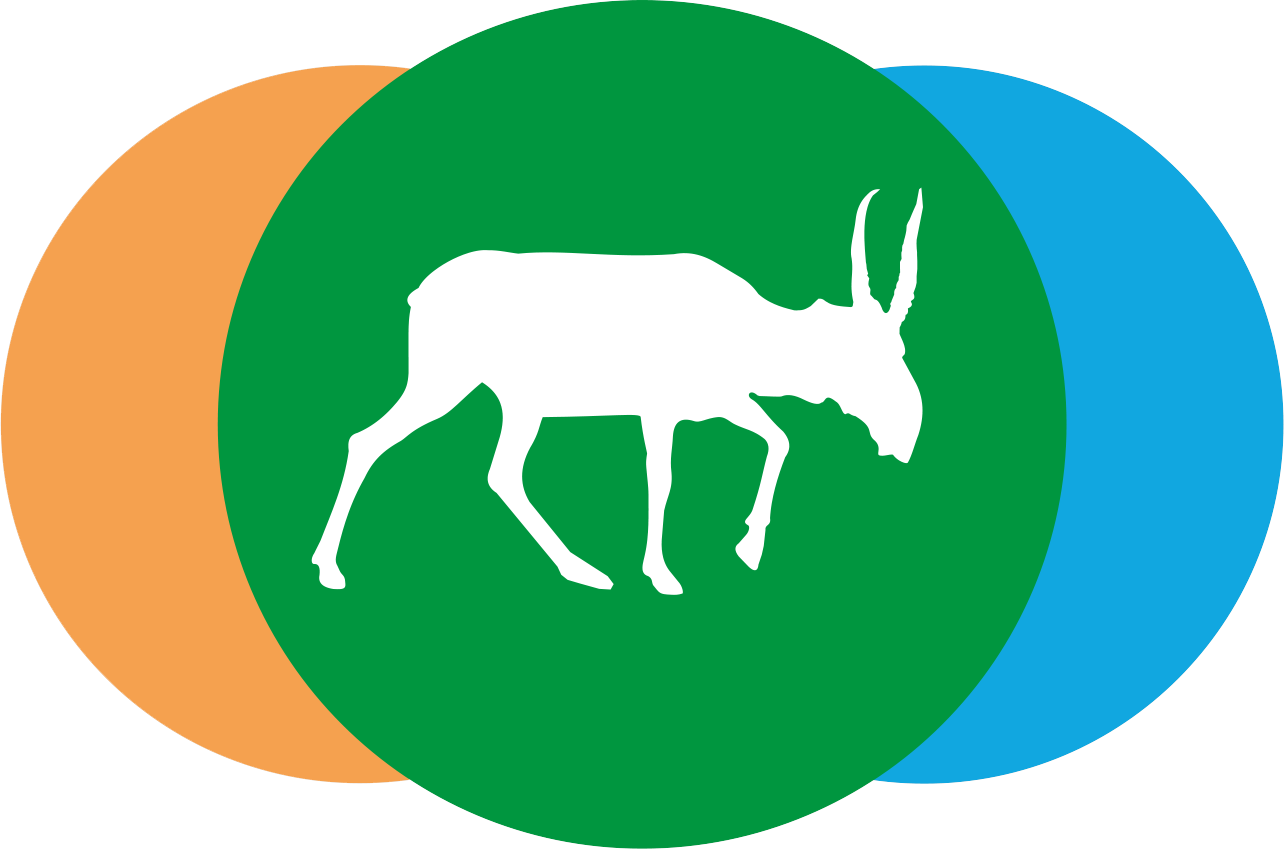

The Laboratory of Theriology is one of the oldest in the Institute, organized in 1944 (in 1946-1962 it was called Laboratory of Zoogeography and Ecology of Mammals, and in 1963-1989 – Laboratory of Mammals). Great merits in its organization and development of researches on the study of animals inhabiting the republic belong to the late Doctor of Biology A.V. Afanasyev and Corresponding Member of the KazSSR Academy of Sciences A.A. Sludsky.
Since the end of the 20th century and up to the present the studies of the Laboratory of Theriology have been conducted mainly as part of state and international projects (under INTAS, WWF, Darwin, GEF, UNDP, etc.) in the study and conservation of snow leopard, saiga deer, gazelle, argali, riparian deer, kulan and other rare species. The results of these studies were used in the creation of the Irgiz-Torgay State Reserve, Karatau Reserve, Sairam-Ugam National Park, Syr Darya-Turkestan Regional Nature Park, the expansion of the Aksu-Zhabagli Reserve.

The reintroduction of Bukhara deer from Karachingil hunting farm to the floodplain of the Syr Darya River was successfully carried out. The reintroduction of Bukhara deer to the Syr Darya River floodplain in the Turkestan region, where a nursery for the preservation and reproduction of this species was established.
On the basis of agreements on scientific cooperation and economic contracts cooperation with protected areas of Kazakhstan is carried out. Forms of cooperation – joint research and animal records, management of scientific topics carried out by the staff of protected areas, consultations.
Since 2018, the laboratory staff has been actively involved in the restoration of ecosystems in the Ile-Balkhash ecoregion as part of the international initiative on the reintroduction of the tiger in Kazakhstan; work on the restoration of wild boar, roe deer, gazelle, saiga, as well as activities for the reintroduction of Bukhara deer and kulan are in full swing.
In recent years, the latest methods of remote study – photo traps, satellite telemetry, UAVs, etc. – have been widely used in theriological studies, making it possible to regularly obtain data on hidden animals, especially rare ones listed in the Red Book, such as snow leopard, Turkestan lynx, Pallas’ cat and others.

The Laboratory of Theriology has a Monitoring Center for the snow leopard. Every year, experts carry out observations of the snow leopard using both standard zoological methods and modern remote sensing methods throughout its habitat in Kazakhstan. In 2021-2022 four snow leopards in Kazakhstan will be marked with satellite collars for the first time.
